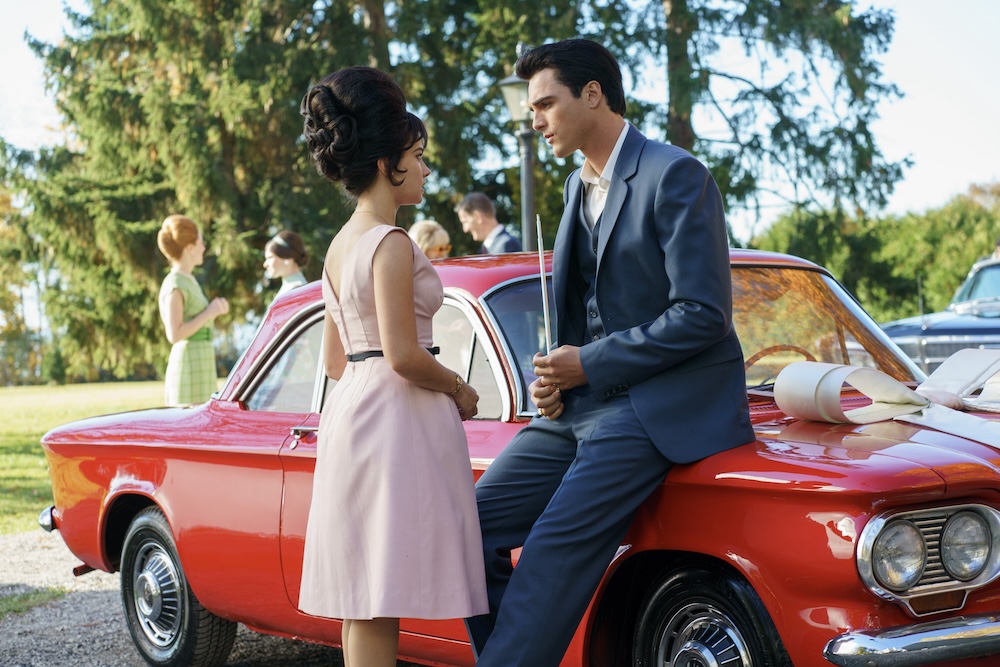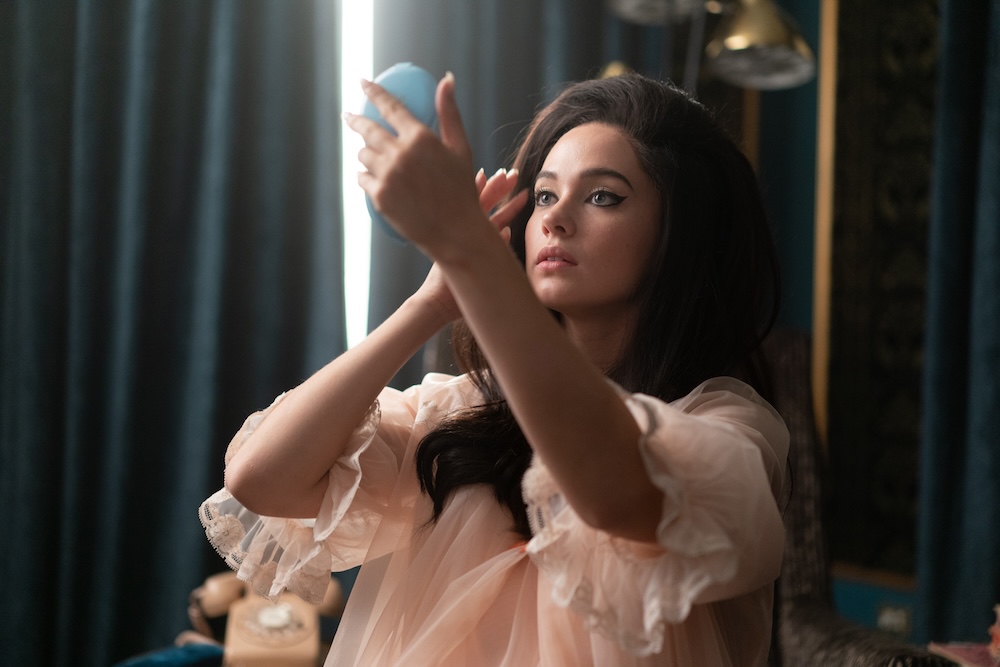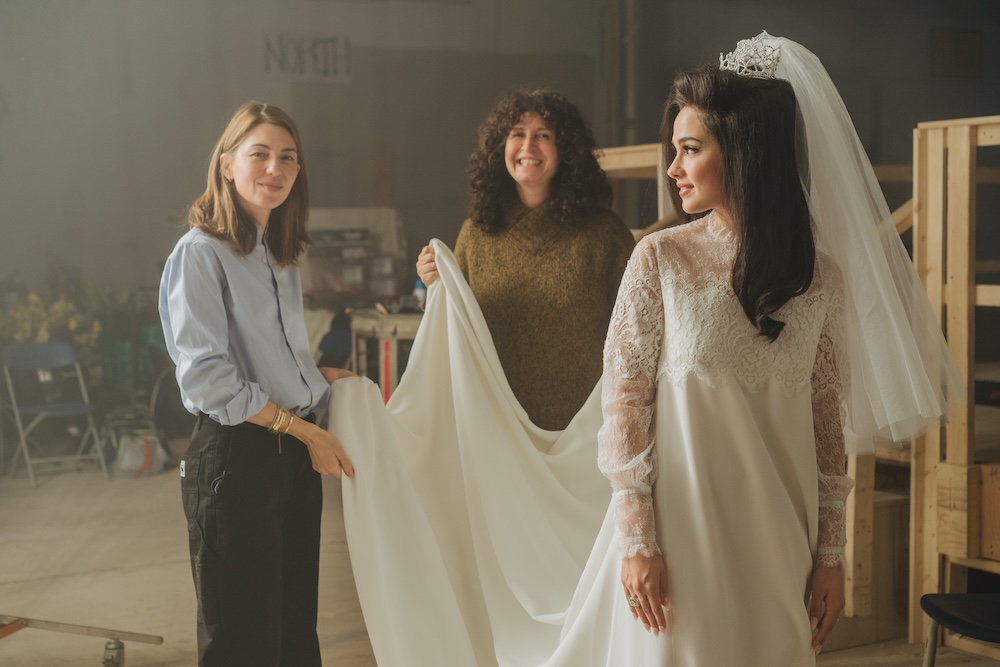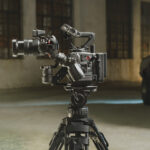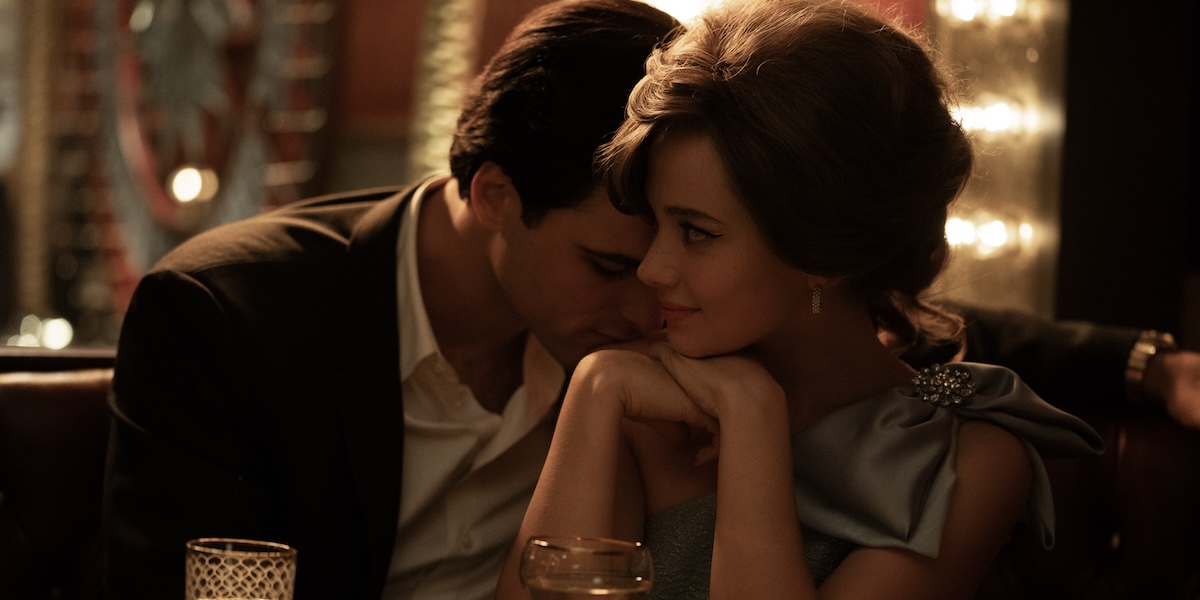
Heartbreak hotel: Priscilla
Posted on Feb 14, 2024
Cinematographer Philippe Le Sourd and colourist Damien Van Der Cruyssen talk creating colour and connection in Sofia Coppola’s Priscilla
On the heels of Baz Luhrmann’s electrifying Elvis biopic, Sofia Coppola’s new film gives another compelling glimpse into the world of The King – this time focusing a lens on his tumultuous six-year marriage.
Foregrounding Priscilla’s perspective, the film draws inspiration from her memoir, Elvis and Me, and sees Coppola taking on the dual roles of writer and director. In this cinematic exploration, she reunites with cinematographer Philippe Le Sourd and colourist Damien Van Der Cruyssen at Harbor, following the trio’s successful collaborations on La Traviata (2017), The Beguiled (2017) and On the Rocks (2020).
TRUST AND COLLABORATION
Le Sourd, who has known Coppola for more than a decade, was approached in the summer of 2022 ahead of preproduction kicking off in September. “Through each project – from The Beguiled to On the Rocks and finally Priscilla – Sofia has become more and more engaged with the DI process,” he comments. “I think she feels very connected to this project, so she wanted to be sure that what we translated with Damien was accurate.”
Staying close for the fortnight of DI, Coppola regularly stopped in to review and pass on notes to the pair. “She’s all about collaboration,” he shares. “Though she has a very specific idea of what she wants and how to show it, she’s completely open to what you can bring as a cinematographer to the set. She’ll often know if she wants to zoom or track inside the corridor, if she wants music at this moment or emotion – or if she wants one or two shots. She can be very specific, so we spent a lot of time together to talk about the script.”
CAMERAS, TESTING AND LUTS
Le Sourd and Coppola have previously shot their movies together on film, but for Priscilla – after extensive testing of cameras, lenses and formats – they made the decision to shoot digital. “I knew the film wouldn’t be shot in Cinemascope, because if you are to create something intimate, Cinemascope would probably be bigger than life,” remarks Le Sourd. “The film was shot 1.85:1 on the ALEXA 35. I shot with the Ultra Speed from Panavision – an old lens. We didn’t want the end of the film to be too shiny, but not nostalgic either. It was not like The Beguiled – we were looking for something different.”
During pre-production, Le Sourd called upon Van Der Cruyssen to start building a custom LUT for the feature. “Philippe sent me his look bible and test footage,” recalls Van Der Cruyssen. “The prep window was short, and we only did one round of tests, so after some back and forth, I built three LUTs based on the test footage. After a few days of production, Philippe settled on the more refined option – this became the show LUT.”
SHOOTING WITH EMOTION
Le Sourd described how, for him, shooting the movie was less about creating a certain ‘look’ or specific colour, and more about resonating with the essence of the story itself. “It’s about emotion with Priscilla,” he sums up. “It’s not about a historical moment. I tried to connect with the emotion from the script, the director, the actors. That relationship you build together on-set, I tried to translate that with light and framing. Cailee (Priscilla) is in every shot, so we had to be careful how we conveyed this and that we didn’t shoot the same way when she was 14 as when she was at Graceland. We knew the moment of the kiss was very important and we had to be careful emotionally with the camera and light. We needed to be almost as shy as the character.”
With just six weeks to capture everything, timing was a big challenge for Le Sourd, who says he’s most proud of the last scene he shot, which takes place in Elvis’ bedroom. “I wanted to utilise the lighting and framing to illustrate how their love was dying: the idea was to bring in pulsing light from outside, like the blood leaving him, but I didn’t know immediately how to do this,” he explains. “The scene is very important and emotional, with these two characters (and actors) leaving us. I remember Cailee didn’t want to leave the set. She wanted to do the last scene – the last track down the corridor – over and over. She didn’t want to leave Graceland. That was very emotional for her and for all of us. You could see the sacrifice and the work she did for six weeks.”
CHANGING PALETTES
Van Der Cruyssen explains how the aesthetic of the film is broken up into the German look – a soft, grey palette to reflect Priscilla’s adolescent boredom – and the more colourful look belonging to the US and Graceland. These evolve as the film progresses, becoming more saturated toward the end of the sixties and seventies (set in LA and Las Vegas respectively) before returning to a more subdued palette towards the end of the relationship, and film as a whole.
For the Graceland and US scenes, the team worked with real visual references of Elvis and Priscilla, using old stills to help inspire the style of the film – in fact, the wedding and the photoshoot were actual photographs.
The dailies provided a good base for the grade, but Le Sourd had limited time on-set, so it was down to Van Der Cruyssen to polish the final grade. “I’m operating the movie myself, so I don’t have much time to spend with the DI team – just a rough idea when I start a scene,” comments Le Sourd. “Damien has to put everything back together; between him, me and Sofia, we have found a common language. The fact I know Damien well and he knows my photography well means we are both respectful of each other.”
Van Der Cruyssen had two weeks for the theatrical grade and main DI with Le Sourd and Coppola, and then an additional few days for VFX updates and the HDR/SDR pass. “Thanks to some beautiful photography, we managed to grade the movie in our two-week DI window,” comments Van Der Cruyssen. “Baselight’s Colour Cross Talk tool was helpful to build the look and the restricted colour palette.
“The movie was a colourist’s dream,” adds Van Der Cruyssen. “I love the variety of looks we accomplished between the German side and the colourful US side – including fun scenes of bumper cars, casinos, LA and of course the Las Vegas bedroom scene. “It was great working with Philippe and Sofia again and I can’t wait to have them joining me in the darkroom on the next one,” he concludes.
This article appears in our February issue. Read the full magazine here.


